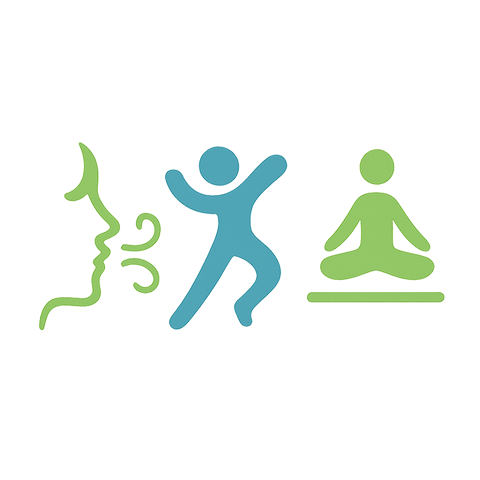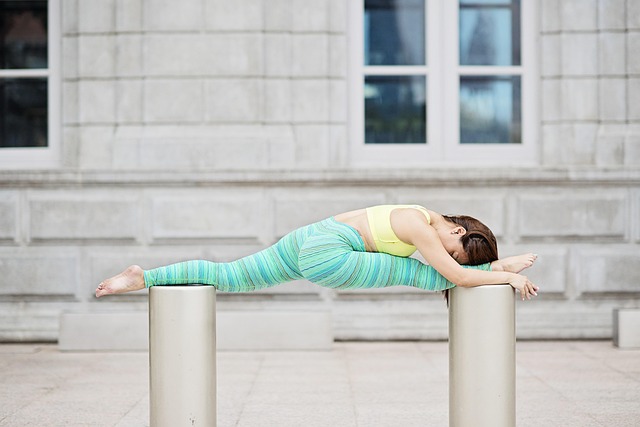Experiencing a broken bone can be a life-altering event, impacting not only your physical health but also your mental wellbeing. It’s easy to feel defeated or isolated during recovery, especially when mobility is significantly limited. However, regaining fitness and enhancing mobility after a fracture is absolutely achievable with the right approach and mindset.
The journey to restore your broken bone mobility starts with understanding the healing process. While resting is crucial initially, incorporating gentle movement as you heal can stimulate blood flow and promote recovery. Consult your healthcare provider or a physical therapist to develop a tailored rehabilitation program that respects your injury while gradually increasing your activity level.
One effective way to engage in fitness during recovery is through low-impact exercises. Swimming or water aerobics can be particularly beneficial, as your buoyancy in the water reduces strain on your injured bone while allowing you to engage in a full-body workout. Similarly, chair exercises or resistance band training can maintain muscle tone and strength without risking further injury.
Nutrition plays an equally vital role in your recovery. Consuming a balanced diet rich in calcium and vitamin D can foster bone healing. Think leafy greens, lean proteins, and dairy products or alternatives. Adequate hydration is equally essential to support overall bodily functions, including muscle recovery.
It can be challenging to stay motivated during this process, but setting small, achievable goals can make a significant difference. Celebrate each milestone, whether it’s regaining a little more range of motion or completing a workout session. Fostering a positive attitude and staying connected with supportive friends or family members can help maintain your motivation.
Incorporating mindfulness and gentle stretching routines into your day can enhance both mental and physical health. Practices like yoga or tai chi can improve your balance and flexibility while promoting relaxation. Regular meditation can also help manage stress and anxiety, common feelings during recovery. Remember, staying mentally fit is just as crucial as physical rehabilitation.
As you progress in your recovery journey, gradually introduce activities you love. If walking or hiking were part of your fitness routine before the injury, look for ways to slowly reintegrate those activities into your life. Perhaps start with short, easy walks and gradually increase the distance as comfort and strength return.
The key to regaining broken bone mobility lies in patience and persistence. Recovery might not always be linear; there could be ups and downs along the way. Embracing each part of the journey with grace will not only enhance your mobility but also enrich your perspective on fitness and health as a whole.
Ultimately, maintaining a positive outlook and a proactive approach will assist in the recovery process. Together, let’s transform the frustration of injury into an opportunity for growth and renewal that paves the way for a healthier, more active future.




